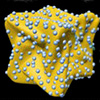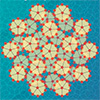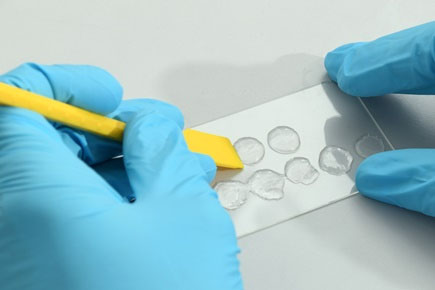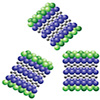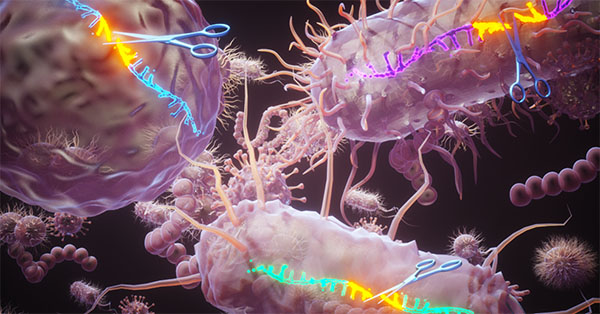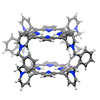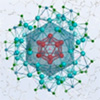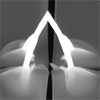Apr 15, 2025 Machine learning and nanophotonics combine to enable fast, energy-efficient computing and sensing with potential for transformative AI-driven technologies. (Nanowerk News) The intersection of artificial intelligence (AI) with nanophotonics has received tremendous interests because of its potential to solve the most challenging problems in both areas. In photonics,...
Blog
AI finds new ways to observe the most extreme events in the universe
Apr 15, 2025 AI is helping scientists design ultra-precise detectors for gravitational waves, exploring vast possibilities beyond human limits to solve this cosmic challenge. (Nanowerk News) Extreme cosmic events such as colliding black holes or the explosions of stars can cause ripples in spacetime, so-called gravitational waves. Their discovery opened...
Boosting the selectivity in oxygen electrocatalysis using chiral nanoparticles as electron-spin filters
Apr 15, 2025 In this study, chiral gold nanoparticles with a concave vortex cube structure were employed as the chiral substrate, exhibiting highly tunable optical chirality and intriguing chiral-induced spin selectivity-like effects. (Nanowerk Spotlight) Controlling the electron spin of oxygen-containing intermediates is crucial for efficient oxygen electrocatalysis toward clean energy...
Antiferromagnetism observed in quasicrystals for the first time
Apr 15, 2025 Researchers provide the first neutron diffraction proof of antiferromagnetism in an icosahedral quasicrystal, opening new paths in magnetic and spintronic research. (Nanowerk News) Quasicrystals (QCs) are fascinating solid materials that exhibit an intriguing atomic arrangement. Unlike regular crystals, in which atomic arrangements have an ordered repeating pattern,...
Artificial skin from hydrogels
Apr 15, 2025 Researchers are developing a new hydrogel-based material that makes it possible to engineer artificial skin tissues, which can serve as living three-dimensional models of human skin for better understanding and treating skin diseases. (Nanowerk News) The skin is the largest organ in the human body. It makes...
New, non-toxic synthesis method for MXene
Apr 14, 2025 MXenes, promising 2D materials for lubrication and energy tech, can now be made safely using electricity instead of toxic acid, enabling scalable, clean production. (Nanowerk News) It is one of the most significant trends in materials science: materials that consist of only a single layer of atoms,...
New enzymes enable precise cuts in single-stranded DNA for biotech use
Apr 14, 2025 A new family of enzymes enables precise cuts in single-stranded DNA, offering powerful new tools for genetic engineering and expanding possibilities in biotechnology. (Nanowerk News) A few years ago, the advent of technology known as CRISPR was a major breakthrough in the scientific world. Developed from a...
Molecular nanocages remove 80-90% ‘forever chemicals’ from water
Apr 14, 2025 The porphyrin-based chemical nanocages remove more PFAS from groundwater than traditional filtering methods while keeping toxicity low. (Nanowerk News) Researchers have created a molecular nanocage that captures the bulk of per- and polyfluoroalkyl substances, or PFAS, found in water — and it works better than traditional filtering...
Spin catalysis linked to single-atom and electron-engineered gold nanoclusters
Apr 14, 2025 Scientists precisely removed a gold nanocluster's core atom and outer electron, revealing how spin state affects catalytic activity without structural loss. (Nanowerk News) In a breakthrough that brings nanoscience one step closer to precise control of chemical reactions, a team of researchers from the Hefei Institutes of...
3D superconducting nanobridges enable reconfigurable quantum state control
Apr 14, 2025 Reconfigurable superconducting nanobridges allow spatial control over quantum and classical states, enabling flexible layouts for nanoscale quantum circuit design. (Nanowerk Spotlight) In superconducting research, geometry is not just a detail—it defines how the material behaves. Traditional approaches, constrained to flat films and planar devices, have enabled decades...



